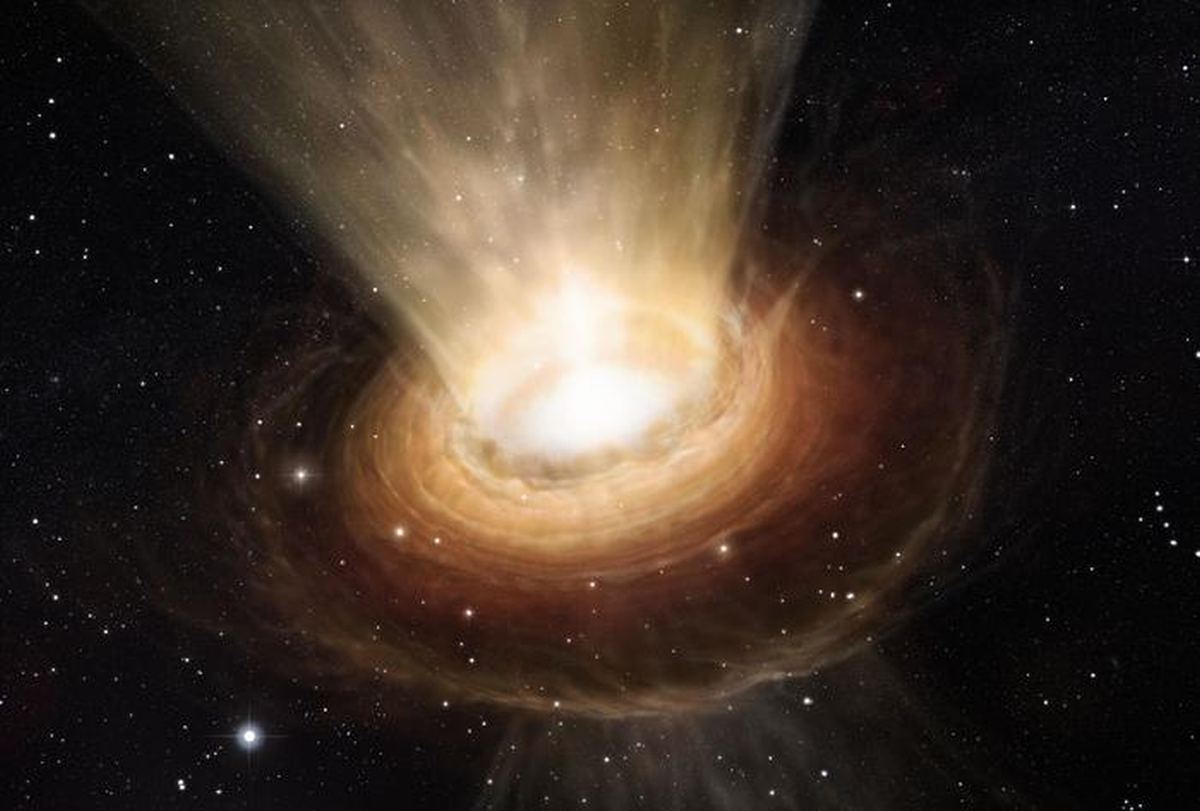Every time a star forms, it represents an explosion of possibilities. Not for the star itself; its fate is governed by its mass. The possibilities it signifies are in the planets that form around it. Will some be rocky? Will they be in the habitable zone? Will there be life on any of the planets one day?
There’s a point in every solar system’s development when it can no longer form planets. No more planets can form because there’s no more gas and dust available, and the expanding planetary possibilities are truncated. But the total mass of a solar system’s planets never adds up to the total mass of gas and dust available around the young star.
What happens to the mass, and why can’t more planets form?
Continue reading “In a Distant Solar System, the JWST Sees the End of Planet Formation”
